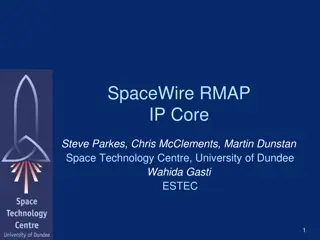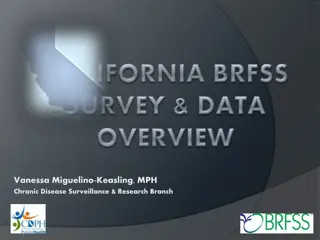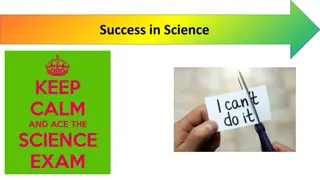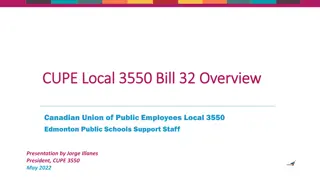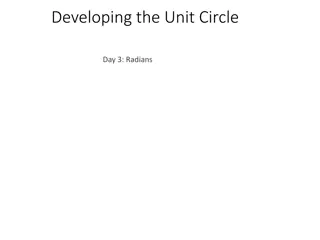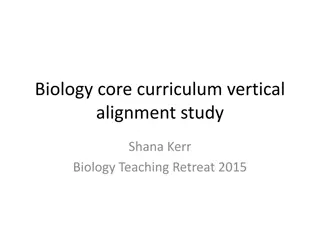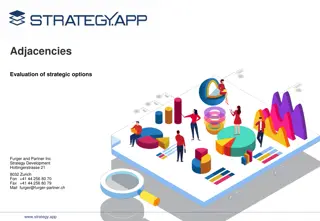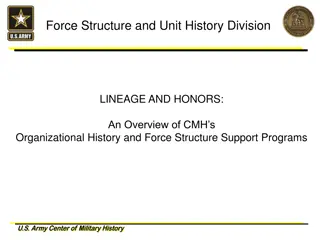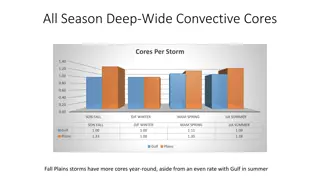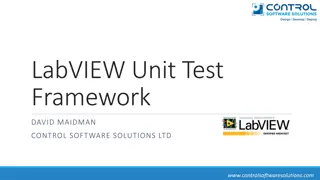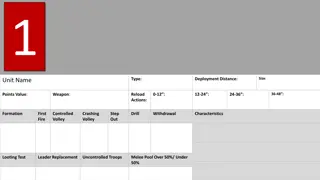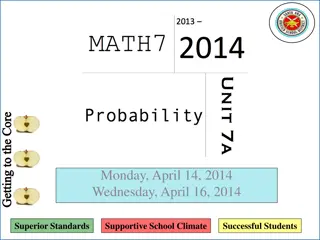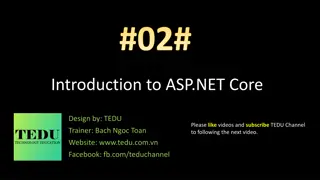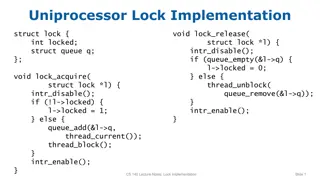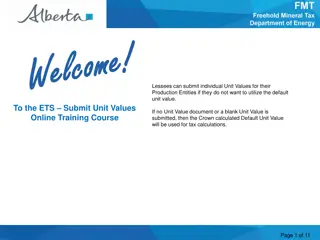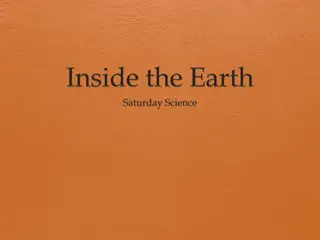Understanding Core Concepts of Technology Unit 2
Explore the core concepts of technology, the relationship among technologies, and their connection to other fields of study. Delve into the impact of various technologies like medical, agricultural, and information technology. Understand the designed world created by human modifications to meet needs and wants, and discover the categories such as medical technology, transportation, and energy. Engage in discussions about the impact of technology and review of systems designed to achieve goals using input, process, output, and feedback. Learn about different types of systems and basic technological resources.
Download Presentation

Please find below an Image/Link to download the presentation.
The content on the website is provided AS IS for your information and personal use only. It may not be sold, licensed, or shared on other websites without obtaining consent from the author. Download presentation by click this link. If you encounter any issues during the download, it is possible that the publisher has removed the file from their server.
E N D
Presentation Transcript
Core Concepts of Technology Unit 2
Standards for Technological Literacy I can . 1. Explain the core concepts of technology. 2. Explain the relationship among technologies. 3. Explain the connection between technology and other fields of study. 4. Explain the use of medical technologies.
Designed World Consists of all the modifications that humans have made to the natural world to satisfy their own needs and wants.
7 Categories of the Designed World Medical technology Agricultural/biotechnology Information and communication technology Transportation Energy and power Manufacturing Construction
Class Discussion: Impact of I&I Briefly discuss with your table partner the impact of the technology that you researched.
Review of Systems Group of interrelated components designed collectively to achieve a goal. Consists of an input, process, output and at times feedback.
Example: Electrical System at House Input electricity Process-electricity converted to light in the filament Output-light Feedback no light? Bulb burned out.
Systems work together to make technology work. Common systems are: Mechanical Fluid Electrical Thermal Chemical
Types of Systems Open-loop: has no feedback and requires human intervention Ex. Home stereo system Closed-loop: uses feedback Ex. Electrical timer
Basic Technological Resources Tools and machines Materials Information Energy Capital Time People
Criteria and Constraints Requirements placed on systems and products. Ex. American Electrical Systems wired to use consumer products that operate on 110-120 volts.
Optimization Making a product, process or system as functional as possible. Ex. House wiring circuit should consist of an optimal number of outlets.
Processes Systematic sequence of actions used to combine resources to produce an output. Ex. Designing applying creative skills in the development of an invention or innovation. Other processes: maintenance, management and assessment.
Troubleshooting Used when a system fails in order to find the source of the problem and fix it.
Controls The mechanisms or activities that use information to cause a system to change. Ex. Light switch
Components of Transportation Systems 1. Structural 2. Propulsion 3. Suspension 4. Guidance 5. Control 6. Support
Independent Assignment Research and explain the systems and subsystems found in transportation vehicles. Each person at your table will report on one of the following: 1. Car 2. Train 3. Airplane 4. Motorcycle



